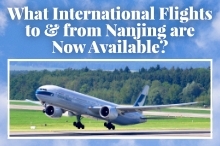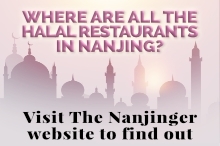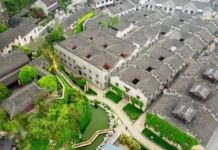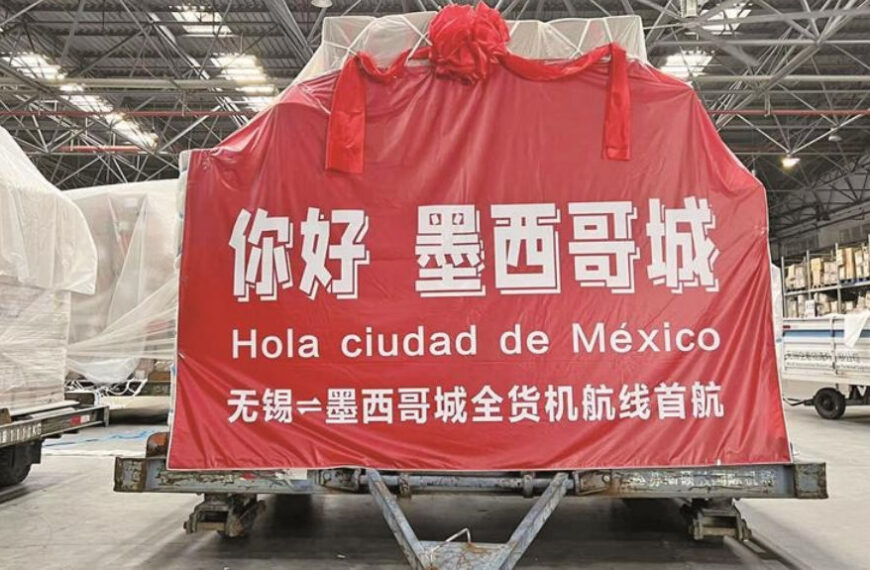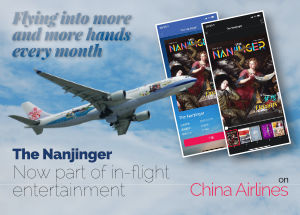Provinces nationwide in China adopt an alphabetically-based prefix to their vehicle number plates as a means to identify their city of registration. They’re a nod to a city’s import and significance, from an administrative and historical standpoint.
Wuxi’s is “B”, just one step down from the “A” assigned to every provincial capital. And there’s a good reason for that…
Quite remarkably, Wuxi boasts a GDP per capita that is bested only by Hong Kong, Macao and Ordos in all of China. While that’s in part down to a relatively-small population, some seven-plus million, plus a very respectable GDP, it reflects that which has become known as the “Wuxi Gene”. Local people are, by nature, entrepreneurs.
Considered one the birthplaces of modern industrialisation in China, Wuxi has been a thriving centre for commerce since ancient times. Then, it would ship out rice, silk and textiles to far and wide, while since China’s opening up of 40 years ago or more, Wuxi has become a major producer of electrical motors, solar cells and software, to name but a few.
Today, some of the most cutting-edge global technologies are to be found in Wuxi. South Korean chip maker, SK Hynix, operates a recently-expanded fab in Wuxi; while Jabil Circuit, out of the USA, is a major local employer operating a 5G-based intelligent factory. And don’t forget China’s Internet of Things. For Wuxi is the birthplace of that known by many elsewhere as the Physical Internet.
Healthcare in particular, has also emerged in the past few years as a new focus for Wuxi. Spearheaded by AstraZeneca, the China Healthcare IoT Innovation Centre was launched in 2017, and now has up to 50 partners committed to embracing technology in tackling disease.
Or perhaps possibly a virus that could bring on a global pandemic. As COVID took hold in 2020, ventilators were what was needed. That’s when GE Healthcare China Wuxi took just 3 months to move their entire ventilator production to Wuxi. And to ramp it up.
But there was nevertheless a price to pay for the decades of economic boom, particularly the environmental impact thereof.
The waters of Taihu, or Lake Tai, were once well known for their highly polluted nature. Effluent from local factories would flow freely into the lake’s waters with little in the way of legal protection. But now, after after 15 years of treatment, the Lake’s water quality has reached its best levels since 2007, obtaining the National Class III Standard.
That’s made Taihu’s waters and its 48 islets popular with tourists, while also near the Lake’s shores is the Lingshan Grand Buddha Scenic Area, with its famed 88-metre-high Buddha statue.
Wuxi is also well acknowledged as a centre for arts and culture. The Taihu Art Festival takes place each year in the autumn, with a host of famous artists, troupes and drama groups gathered in the locale.
Then there are the people who come from all around to visit the Wuxi Folklore Village, popular not least for its 1,300-metre-long museum. Therein, the famed Wuxi clay figurines, Yixing Teapot works and many more cultural relics. They are reflective of the Wu era, a time which was to define this part of China as the country’s most dynamic, productive and creative.
The Wuxi Metro at present has four lines, with two more under construction, while plans are afoot to connect it with the Suzhou Metro and through that, the Shanghai Metro.
Wuxi is 1 hour by high-speed train from Nanjing and 40 minutes from Shanghai. The city is also served by Sunan Shuofang International Airport, which it shares with Suzhou City.


